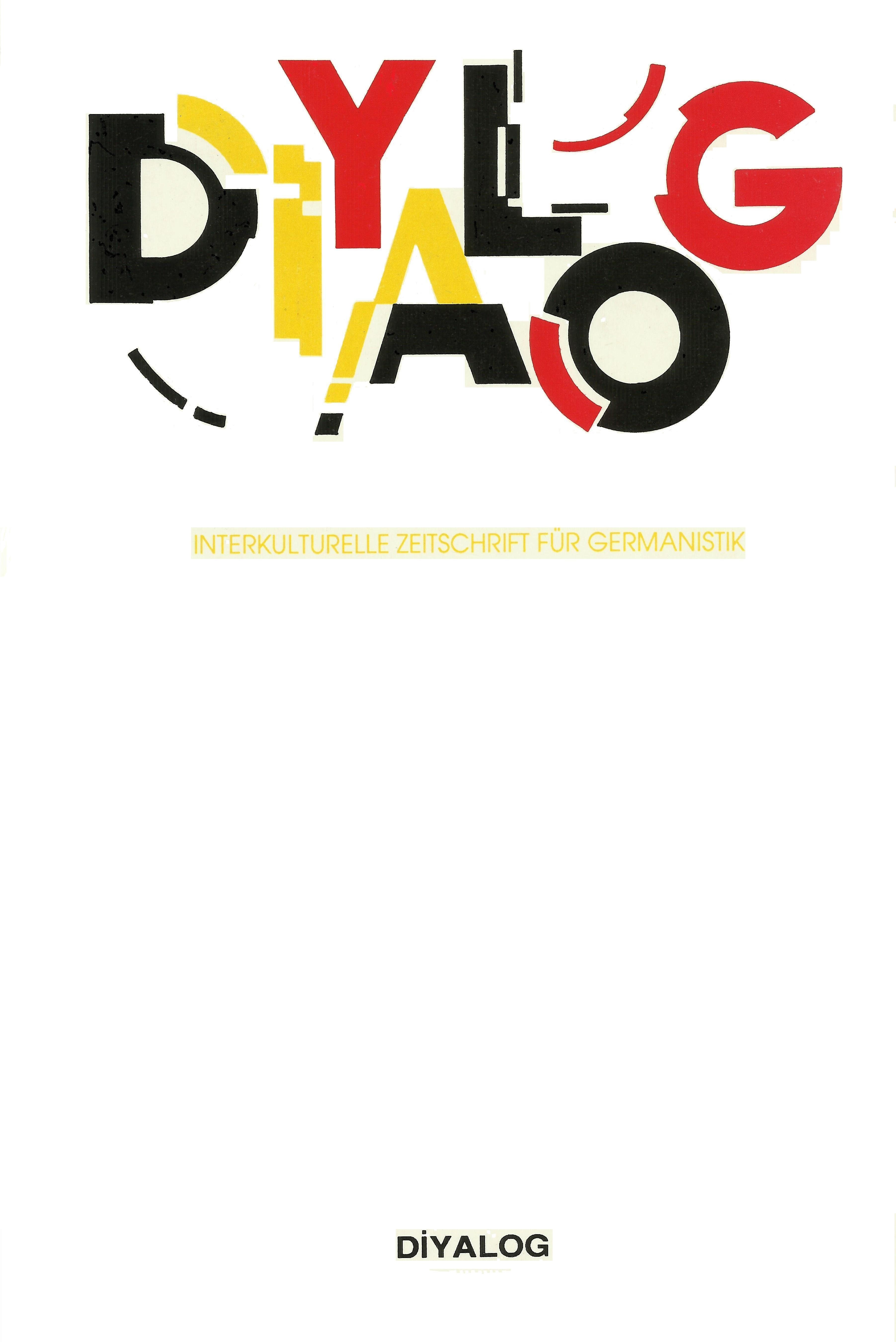Notationsprache als gedächtnisunterstützendes Mittel beim Konsekutivdolmetschen
Sunduğumuz bu araştırmada tercümanlığın bir türü olan ardıl çevirideki not alma teknikleri ve bu tekniklerin uygulanışını irdelemeye çalıştık. Araştırmamızın başında öncelikle günümüzde sık sık başvurulan ardıl çeviri türünü, bunun önemli bir boyutu olan not alma teknikleri ve bunların işlevi ve özelliklerini bilimsel literatürün ışığında analiz ettik. Ardından ardıl çeviri sürecinde tercüman için ne gibi sorunların ortaya çıkabileceğini ve tercümanın bu sorunları hangi yöntem ve tekniklerle çözebileceğini somut örneklerle gösterdik. Bunu yaparken tercümanın süreç içinde kullandığı not alma tekniklerinin konuşmacının söylemlerini kaynak dilden hedef dile aktarırken unutmaması için çok önemli bir araç olduğunu ve bu aracın tercümanın hafızasını destekleyici bir işlev gördüğünü vurguladık. Araştırmamızın son bölümünde ardıl çeviri sürecinde tercümana düşen görevleri tartıştık ve bu bağlamda sözünü ettiğimiz not alma tekniklerinin (kısaltma, işaret ve sembollerin) tercüman için bir örnek, bir model teşkil ettiğini, tercümanın kendisinin de özel not alma tekniklerinin olması ve bu bağlamda sürekli kendini yetiştirmesi gerektiğini belirttik.
Anahtar Kelimeler:
Not alma tekniği, sözlü çeviri, ardıl sözlü çeviri, not, hafıza
Taking Notes as a Memory Supporting Tool in Consecutive Interpretation
The present study is about note taking techniques in consecutive translation and their application. In the beginning we analyzed in the relevant literature, consecutive interpretation among translation techniques, note taking, and the function and features of note taking in consecutive translation. Afterwards, we presented the problems that an interpreter might face in consecutive interpretation with concrete examples and provided possible methods and techniques to overcome these. Hereby, we emphasized that note taking techniques are an important feature to remember while translating and its function as a memory supporting tool. In the last section we discussed the roles of a consecutive interpreter and emphasized within this context the usage of the earlier mentioned note taking techniques (use of acronyms, signs, and symbols). Moreover, we highlighted that each interpreter has to have his/her own techniques and improve these continuously.
Keywords:
aking notes, interpretation, consecutive interpretation, notes, memory,
___
- Becker, Frank (2001): Die Haftung der Dolmetscher und Übersetzer. Dissertation: Westfälische Wilhelms-Universität.
- Durlanik, M. Latif (2001): Notizen und verbales Planen, Diskursanalytische Untersuchungen zum Konsekutivdolmetschen, Waxmann, Münster.
- Geise, N. (2001): Content Mapping als Grundlage für individuelle Notation. Unpublished diploma thesis, University of Heidelberg.
- Kautz, Ulrich (2000): Handbuch Didaktik des Übersetzens und Dolmetschens, Iudicium, München.
- Kapp, Volker (1984): Übersetzer und Dolmetscher, Theoretische Grundlagen, Gottfried-Egert-Verlag, Tübingen.
- Kurz, I (1996): Simultandolmetschen als Gegenstand der interdisziplinären Forschung, Universitätsverlag, Wien.
- Kalina, Sylvia/ Best, Joanna (2002): Übersetzen und Dolmetschen, A. Francke, Verlag, Tübingen.
- Laukova, Jana (2005): Zur Rolle der Dolmetschnotizen beim Konsekutivdolmetschen, Linguistik online 23, 2/05.
- Matyssek, Heinz (1989): Handbuch der Notizentechnik für Dolmetscher, Julius Gross Verlag, Heidelberg.
- Matyssek, Heinz (2001): Handbuch der Notizentechnik für Dolmetscher, Teil 1, J. Gross Verlag, Heidelberg.
- Kruselburger, Nadja (2005): Konsekutivdolmetschen und Notizentechnik, Grin Verlag für Akademische Texte, 1. Auflage, Innsbruck.
- Rozan, Jean-François (1984): Zur Rolle der Dolmetschnotizen beim Konsekutivdolmetschen, (Kapp 99), Librairie de l’Université; Genf.
- Seleskovitch, D. (1988): Der Konferenzdolmetscher. Sprache und Kommunikation. Beiheft 2. Groos Verlag, Heidelberg.
- Zmudzki, Jerzy (1995): Konsekutivdolmetschen: Handlungen, Operationen, Strategien. Lublin: Wydawnictwo UMCS, Rozprawy.
- ISSN: 2148-1482
- Yayın Aralığı: Yılda 2 Sayı
- Başlangıç: 2003
- Yayıncı: Germanistler Derneği
Sayıdaki Diğer Makaleler
Germanistik in der Türkei: Vom Aussterben bedroht?
Ein Lehr- und Übungsbuch zur Lesekompetenz im Fremdsprachenunterricht
Ali Osman Öztürk, Nihan Demiryay
Der türkische Jussiv und seine Wiedergabemöglichkeiten im Deutschen
Notationsprache als gedächtnisunterstützendes Mittel beim Konsekutivdolmetschen
Die Mutter-Sohn-Beziehung in Karl-Heinz Otts Roman ʽIns Offeneʼ
